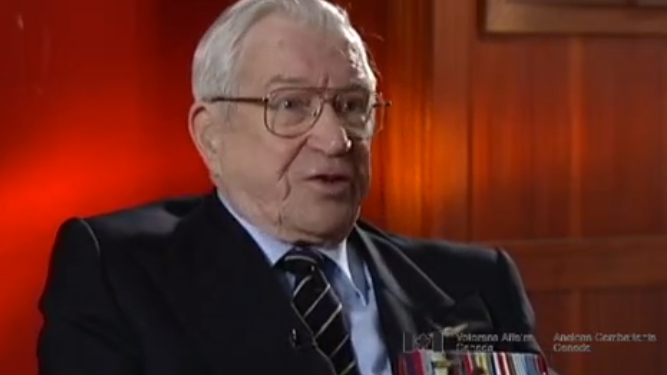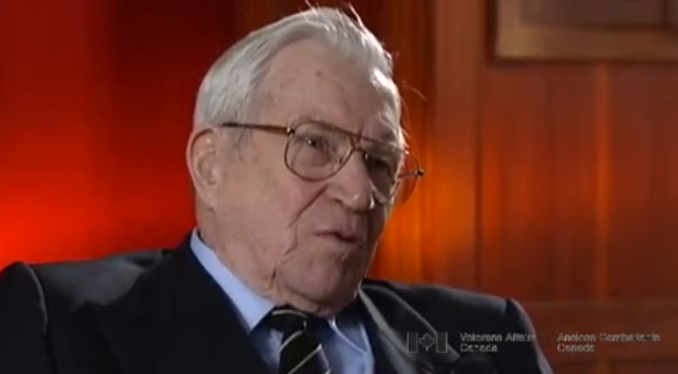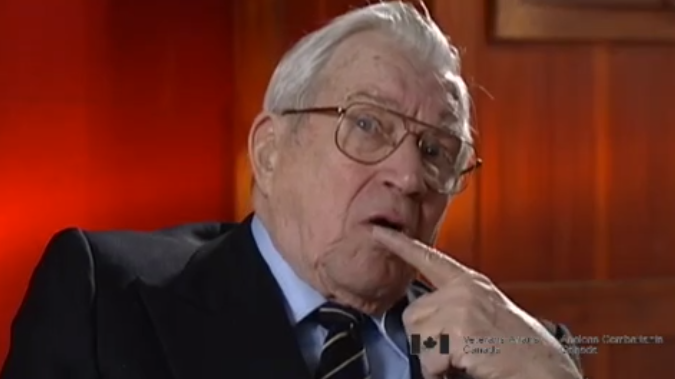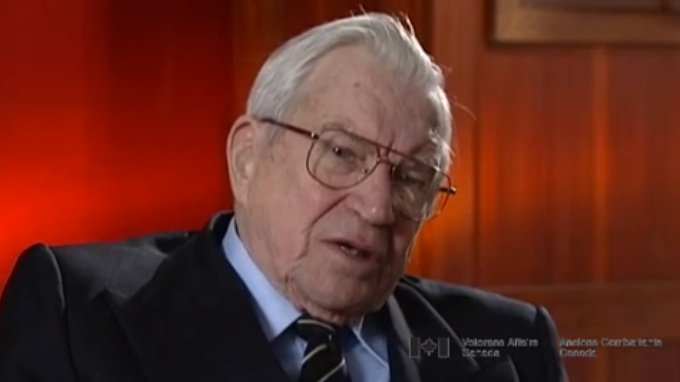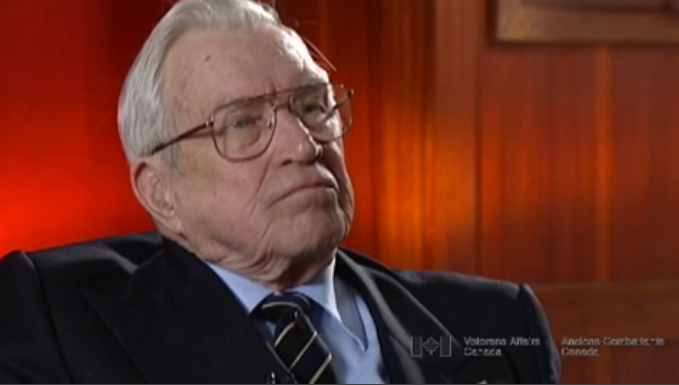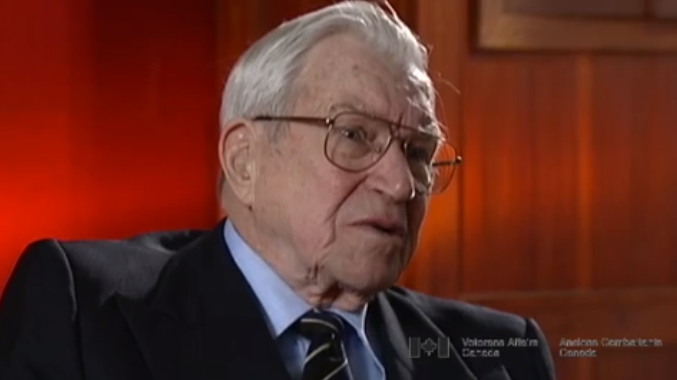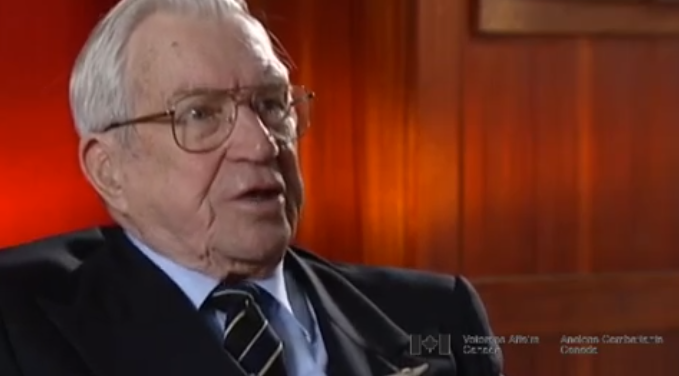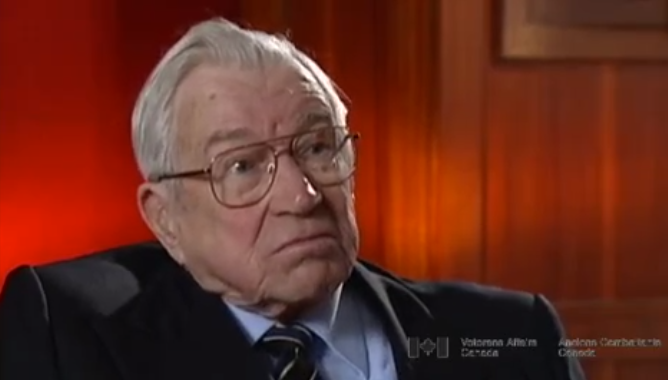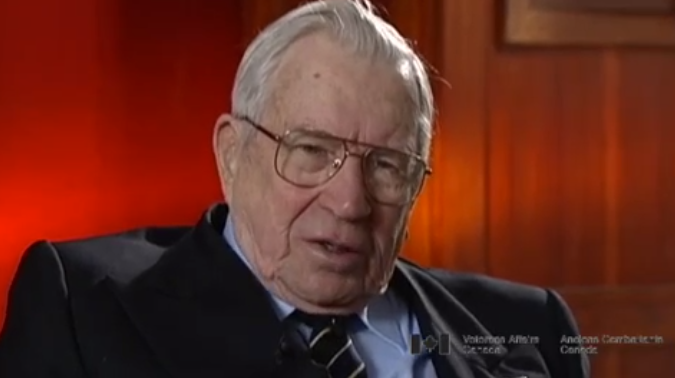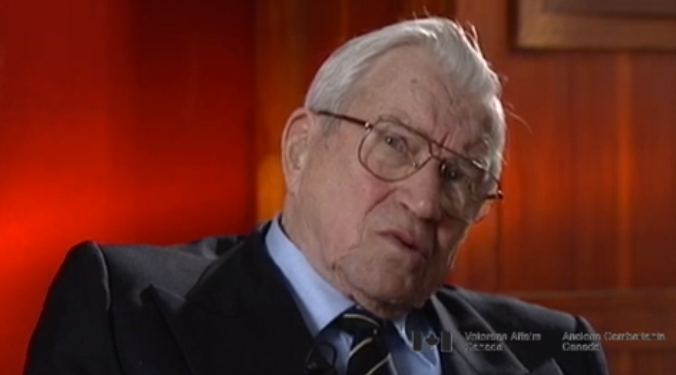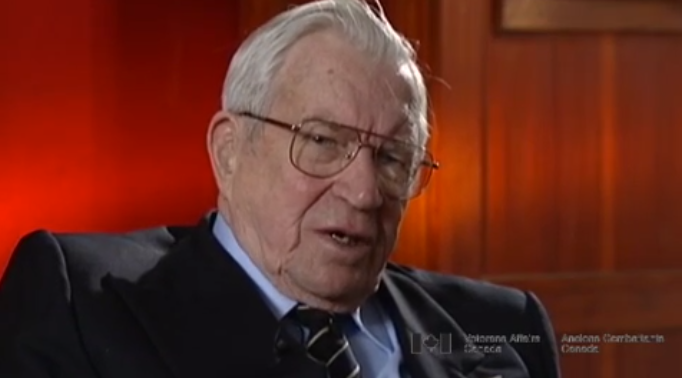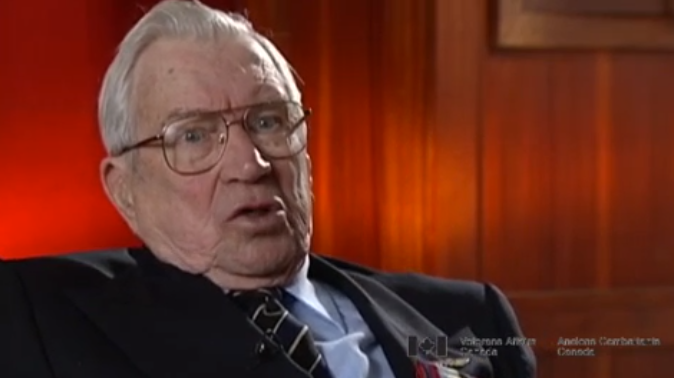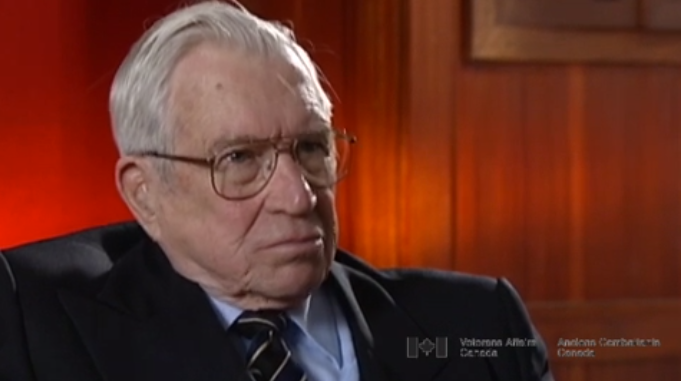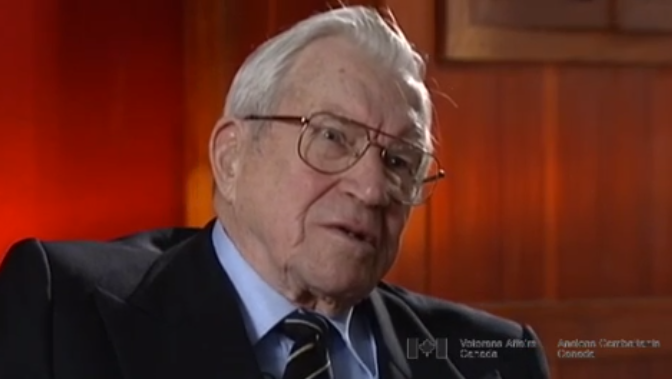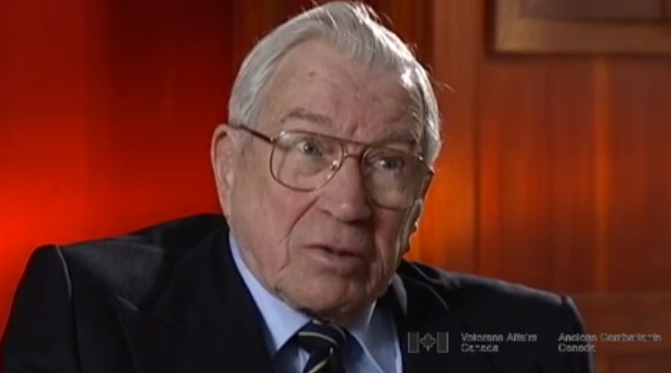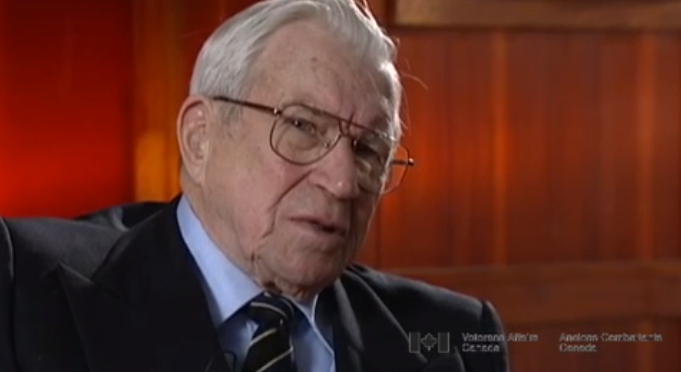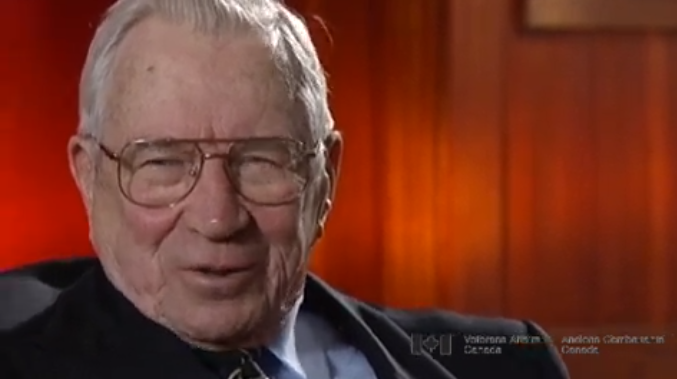Preparing to go to sea
Heroes Remember
Preparing to go to sea
The naval barracks at that time was down on Wallace House on
Rideau Street. And we went down there and we were issued our
kit, etc. and then I think we were sent home for the weekend.
And on Sunday night we were drove by train to Toronto for our
basic training. And I look back on that with a chuckle
because, you know, most of the kids that enlisted at the time
had never marched before. And we had an old RCN leading
seaman in charge of us and he had to march us right down
Rideau Street from Wallace House at one end down to Union
Station and it must have been a sight to behold. But anyhow,
he bravely carried on and got us there. We left that night
for Toronto, arrived and didn’t get much sleep, first time on
a train, you know. Yeah, first time out of the city, first
time away from home. We talked all night. We arrived in
Toronto in the morning, I guess a truck or a bus or something
took us up to the exhibition grounds to HMCS York which was
the old automotive building and there we started our basic
training. Learning how to march, how to handle rifles, how
to, you know, do all these things. Go for a run at 6 o’clock
in the morning along the Lake Shore Drive, bitterly cold,
empty stomachs, lots of sickness en route. Living in a
barracks, the food certainly was, it was adequate I guess, but
it was not good. And as I look back now I realize that the
cooks were also in training. We’d be out in fatigue and you’d
take in these big quarters of beef ,oh you’d just drool, you
know, in anticipation and that night when you’d go up for
dinner you’d get a piece of boot leather, you know. So that
was it and then from there we went into the morse pool to
learn to copy the morse code and there was an old leading
telegraphist there and he’d served in the Royal Navy in the
First War, he was a great guy. And he was in charge of us -
teaching us and we’d start this dit dot and everybody would
try to write it down, A, you know. And so what he finally
did, I presume he’s done this with all his classes but anyhow
he did it with ours, he brought in a dirty book and he started
to tap out the story you see, and all the guys wrote like mad.
That’s how we learned the morse code. Then we went off
from there to the signal school in St. Hyacinth’s for advance
training I guess you’d call it, and eventually became
telegraphists. Then to Halifax for a few days, then to
Montreal to get a ship, and then we went to sea.
Related Videos
- Date modified:



